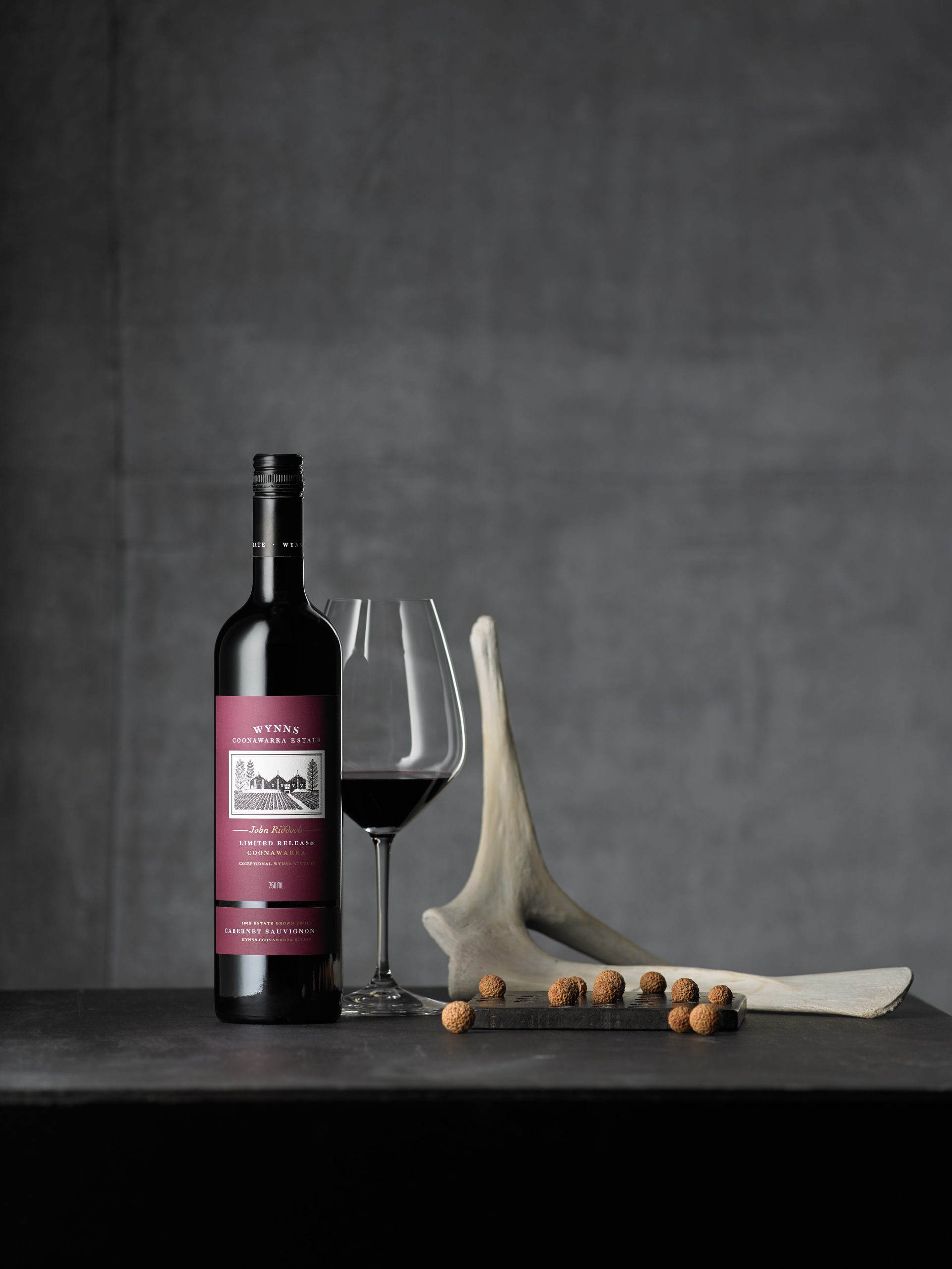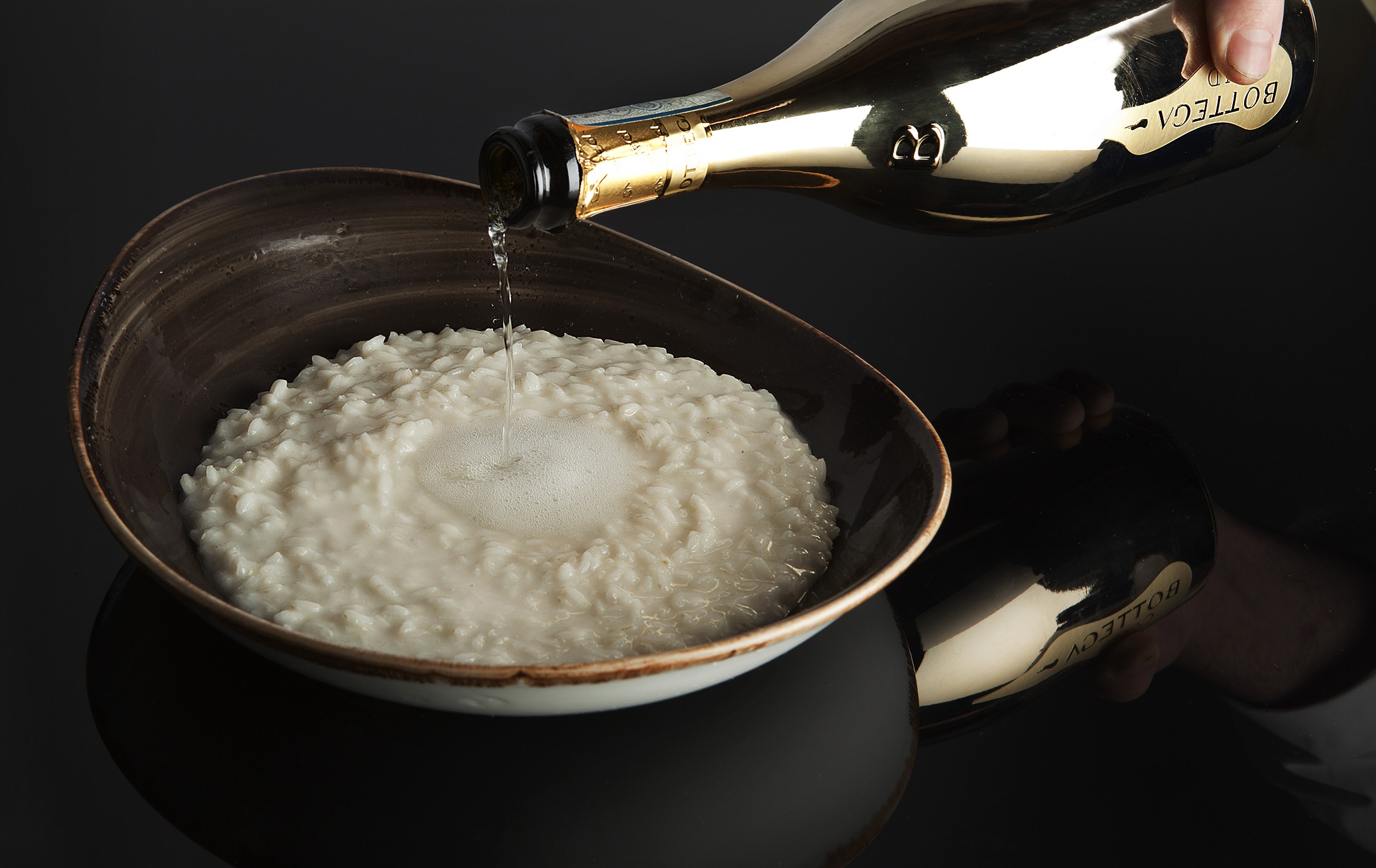Moët’s Provence property to be sustainable beacon for wine production
A Moët Hennessy property in Provence is putting everything in place to be a sustainable beacon for wine production – and the requirements are exhaustive.
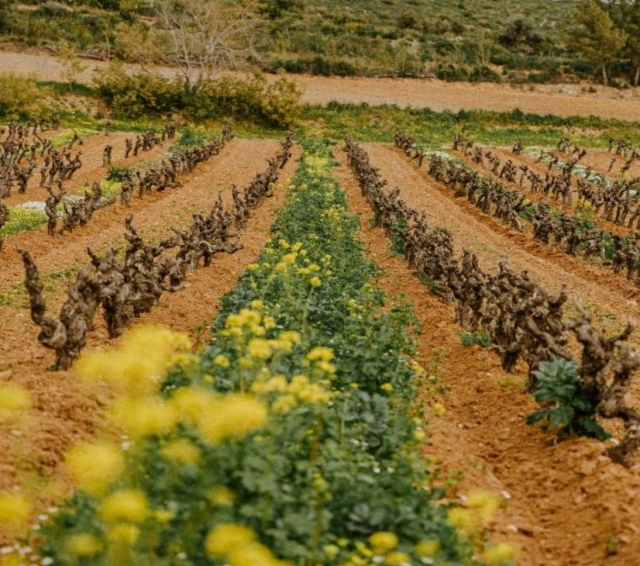
It’s called Château Galoupet, one of 18 Cru Classé estates in Provence, and a property acquired by Moët Hennessy in May 2019, shortly before this group took a majority shareholding in the much larger producer of Provençal rosé, Château d’Esclans, the owner of the Whispering Angel brand.
With Château Galoupet’s winery and 69 hectares of vineyards requiring extensive renovation, and with 77 hectares of protected woodland, along with its own reservoir, the property was ripe for re-establishment along eco-friendly grounds – after all, this was a standalone site of beauty and biodiversity, even potential self-sufficiency.
However, the extent of the work required to be a truly green wine estate is immense, taking in all aspects of production, from the grape growing to handling, as well as packaging, with challenges at every turn, making this no quick turnaround. Indeed, when db visited the place last month, the managing director of Château Galoupet, Jessica Julmy, said that this regeneration represented a 20-year project.
Nevertheless, plenty has already been achieved in the past two and a half years since Moët Hennessy bought Château Galoupet, which was sold by the second generation of the previous owners following their father’s death.
Described by Julmy as “sleeping beauty of an estate,” she said that the first priority was the vineyard, which was in a poor state, with missing vines and compacted soils due to decades of ‘conventional’ management, which saw the liberal application of synthetic herbicides and fertilisers to soils.
Remarking that a Côtes de Provence property won’t meet the requirements of the appellation if more than 20% of the vines are missing, she said that this was the case in almost two-thirds of Galoupet’s plots, requiring the uprooting and replanting of 60% of the estate.
Such a major task has allowed Moët Hennessy to undertake a major study of the soils at Château Galoupet, where it has found three ‘micro-terroirs’, comprising metamorphic rock Phyllite, grey schist, and colluvium.
These are spread across 41 plots, which are planted with and six grape varieties: Cinsault, Grenache, Rolle, Semillon, Syrah, and Tibouren – the latter being a rare grape of the region, and one that is a specialism of the estate, which has dry-farmed bush vines of the variety from 1969.
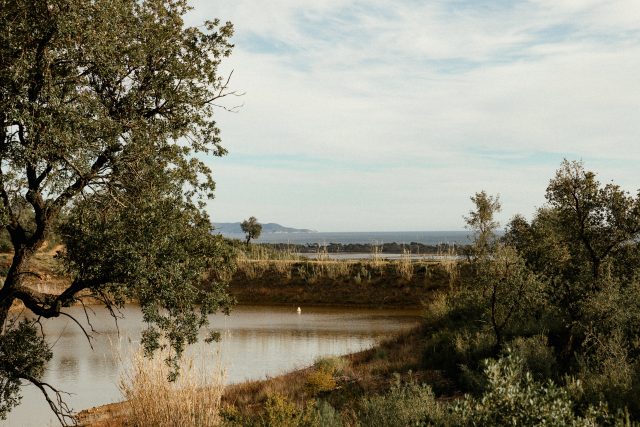
With replanting efforts behind it, now the work is focused on rebuilding the soils to incorporate organic matter, improve the nutrient content, while enhancing rainfall infiltration and water retention.
Not only has the estate already embarked on a conversion to organic certification, but it is trialling a range of vineyard management techniques, from regenerative practices such as planting cover crops, to enhancing soil life by isolating beneficial bacteria, multiplying it and then returning it to the plots.
It’s also experimenting with agro-forestry by planting fruit trees in the vineyards, which will provide wind breaks as well as homes for beneficial birds and insects, while their roots should encourage an underground mycorrhizal network that supports the vines.
Château Galoupet is also starting to work with a ‘hydro consultant’ to help the estate manage rainfall interception and storage at the site, by slowing down run-off from the intense storms that bring much-needed water to the soils.
Moët Hennessy is also planning to restore the reservoir at the property, which collects run-off from the hills above the estate and stores it, but currently suffers from leaks and needs relining.
Then there’s the winery, which is due to be refashioned to achieve Platinum LEED certification, by moving to a gravity-flow fed system, while employing solar cells to generate power and heat exchangers to conserve energy.
The aim is not just to be “net zero” Julmy told db, but “net positive”.
Partner Content
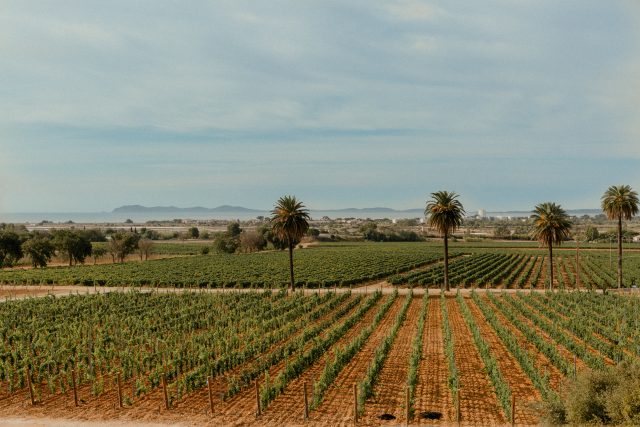
But it’s not just winemaking that’s undergoing an eco-conversion – the unproductive parts of Château Galoupet are being worked upon too to maximise their ecological value.
With more natural vegetation at the property than vineyards, and the possibility that Château Galoupet may be a home for the endangered Hermann tortoise, Julmy has been inspired to make the estate a haven for native flora and fauna.
Having embarked on a management plan to regenerate the protected woodland – which suffered a devasting wildfire in 2017 – she is looking to encourage plant species that benefit local wildlife, before opening up Château Galoupet to the public, so “people can discover the biodiversity of Provence.”
Then there’s a project with the OFA (Observatoire Francais d’Apidologie) to enhance the bee population, which has seen Château Galoupet install as many as 200 beehives within the estate’s protected woodland.
As part of this, the property has become one of only 12 queen bee fertilisation stations in the world.
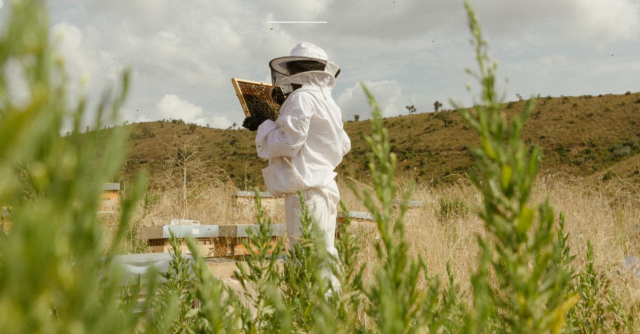
Finally, there’s the packaging. As previously reported by db, Moët Hennessy is making daring changes to reduce the carbon footprint of its packaging, which has required a radical move away from the traditional cues of Provençal rosé: heavy, flint glass bottles.
With the estate producing two wines at different price levels and in different styles, two formats have been chosen.
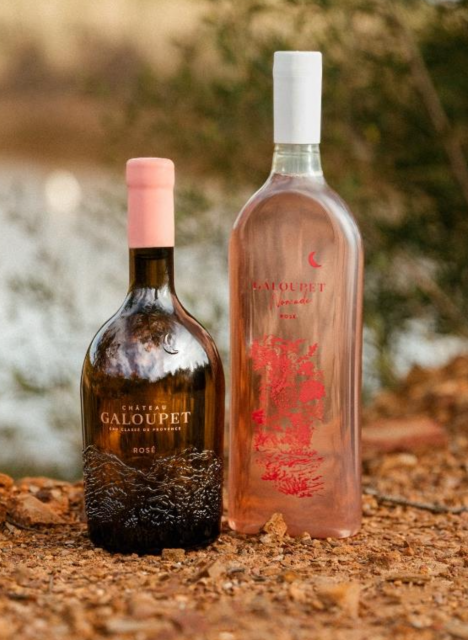
Firstly, for its £46 barrel-fermented, age-worthy, cru classé rosé using fruit entirely from the property – called Château Galoupet – it was necessary to opt for a glass bottle, but, in contrast to other top-end Provençal rosés, one that’s amber-coloured as it comprises 70% recycled glass. It’s lighter than a standard bottle too, weighing 499g, which Moët Hennessy says is 271g lighter than an average bottle of rosé and 101g lighter than the average glass bottle.
Then, for a £20, lighter style of rosé for earlier drinking, which also employs grapes from growers under conversion to organics from across Côtes de Provence – called Galoupet Nomade – Moët Hennessy has gone for a yet more radical solution, representing a first for the region and the luxury drinks group.
Housed in a flat bottle made from ‘prevented ocean plastic’ (POP), it weighs just 63 grams, which is almost 10 times lighter than a standard rosé bottle, and, because of its novel flat shape, it is 40% spatially smaller than a circular format, making it more efficient to pack and transport.
The bottle is made by Packamama, formerly known as Garçon Wines, and is also recyclable, flexible and contributes to the removal of plastic pollution from ecologically-sensitive coastal areas.
It is this bottle that is the most dramatic sign of the strategic positioning of Château Galoupet as the most environmentally-friendly pink wine producer on the planet.
But it’s just one of many measures being taken to achieve this goal, each of which is being monitored closely by Moët Hennessy, because if they work at its Provençal property, then they can be trialled elsewhere.
In this sense, Château Galoupet is not only the group’s first eco-brand, but also a test-bed for the company’s green ambitions.
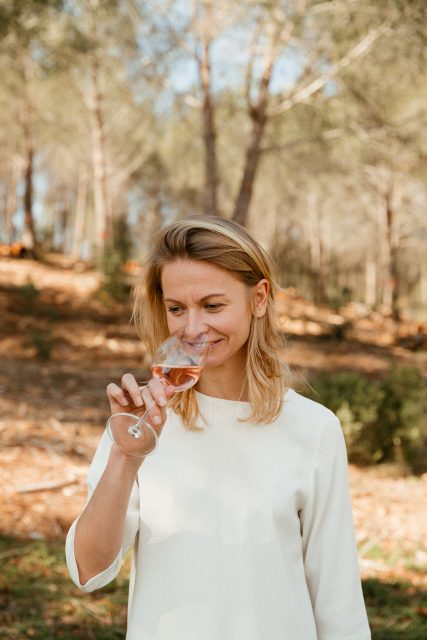
Related news
Castel Group leadership coup escalates
For the twelfth day of Christmas...
Zuccardi Valle de Uco: textured, unique and revolutionary wines



